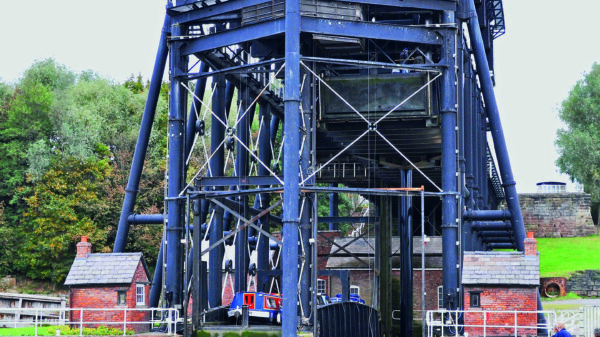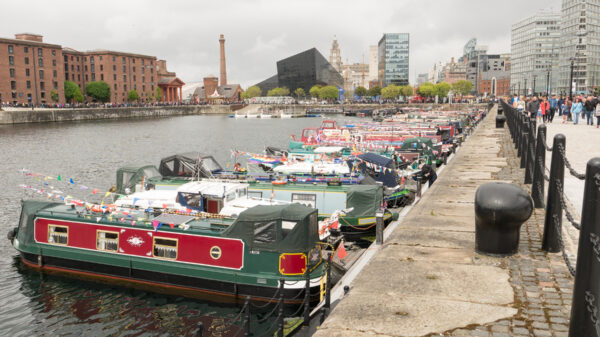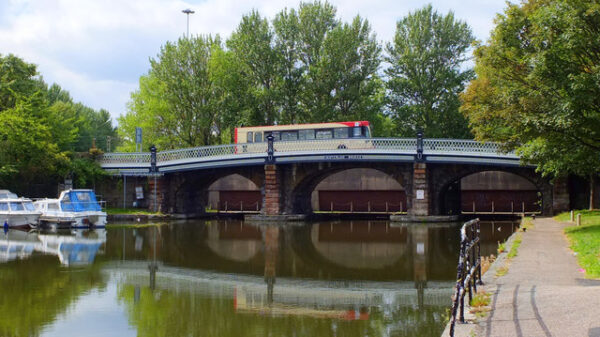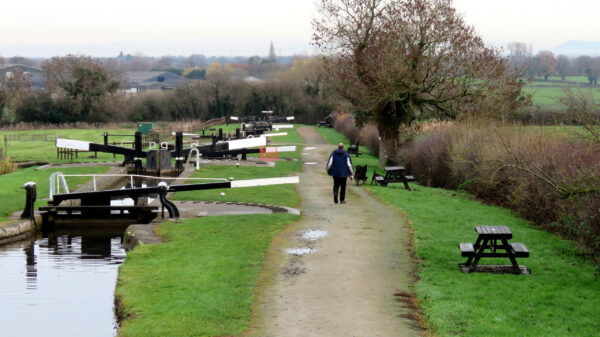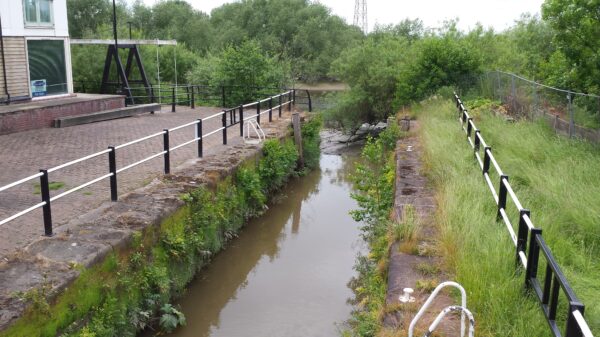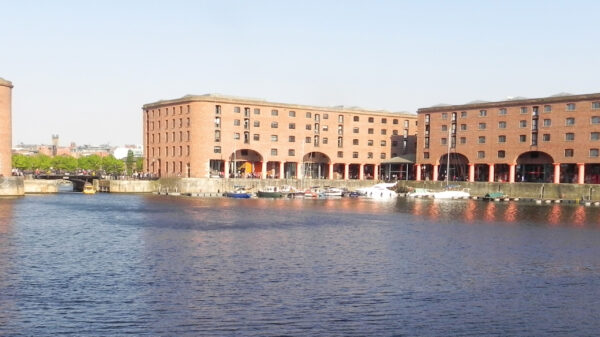About the River Weaver
The River Weaver Navigation runs for 20 miles from the Manchester Ship Canal at Weston Marsh Lock and Weston Point Docks to Winsford Bridge and connects to the Trent and Mersey Canal via Anderton Boat Lift.
The river’s proximity to the Cheshire salt mines made it useful for salt transport, but only the lower reaches were deep enough for navigation. As the industry expanded, coal was bought in to evaporate the brine, placing more demands on the limited transport. In 1720, an Act of Parliament was finally obtained (after four previous attempts) for works between Frodsham and Winsford Bridge. The eleven timber locks and weirs were completed in 1732.
The opening of the Trent and Mersey Canal in 1777 initially caused river traffic to drop but afterwards boosted trade. In 1793, chutes were installed at Anderton to enable salt from narrow boats to be transferred into Weaver flats moored on the river below. The world’s first vertical boat lift was opened at Anderton in 1875 to transfer boats between the river and canal. Reconstruction works to enable larger coastal ships to use the river, between 1870 and 1900, reduced the number of locks to five. The gates on the new locks were opened using water turbine power. The many distinctive structures include the early electric swing bridges.
[The photo shows the restored steamship tug Daniel Adamson at Acton Bridge – by Pauline McGill]


